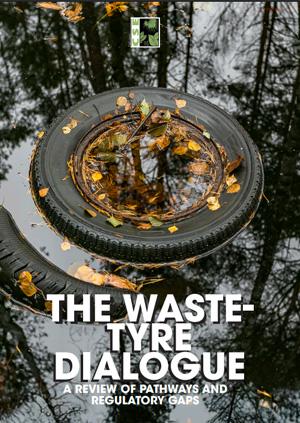Waste-Tyre Dialogue: A Review of Pathways and Regulatory Gaps
July 18, 2025
India currently recycles over 3 million tonnes of waste tyres annually—a higher volume than ever before. But what do these numbers really reflect? Behind the growing volume is a more complex reality: nearly three-fourths of end-of-life tyres (ELTs) are routed into pyrolysis, a process that, despite its popularity, continues to raise major concerns around environmental pollution, safety risks, and regulatory oversight.
This report takes a deep dive into India’s ELT recycling ecosystem, unpacking how regulatory gaps might have allowed illegal pyrolysis to persist despite mounting scrutiny. While the current Extended Producer Responsibility (EPR) system is well-intentioned, it enables producers to remain hands-off—meeting targets through credit purchases rather than active engagement. The report also scrutinizes recent policy developments, including the widely touted 2024 SOP for 'advanced' batch pyrolysis, questioning whether these reforms signify genuine technological advancement or minor procedural tweaks.
Zooming out, the report also explores the global dynamics shaping this sector—such as how wide profit margins for waste traders might have turned India into a preferred destination for waste tyre exports from the UK.
Grounded in field visits and regulatory analysis, this report articulates the structural flaws undermining India’s ELT recycling system—while also highlighting viable, under-supported alternatives that could shift the sector towards true circularity. At stake is not just how much waste tyres we recycle—but also how responsibly we manage them.

Share this article